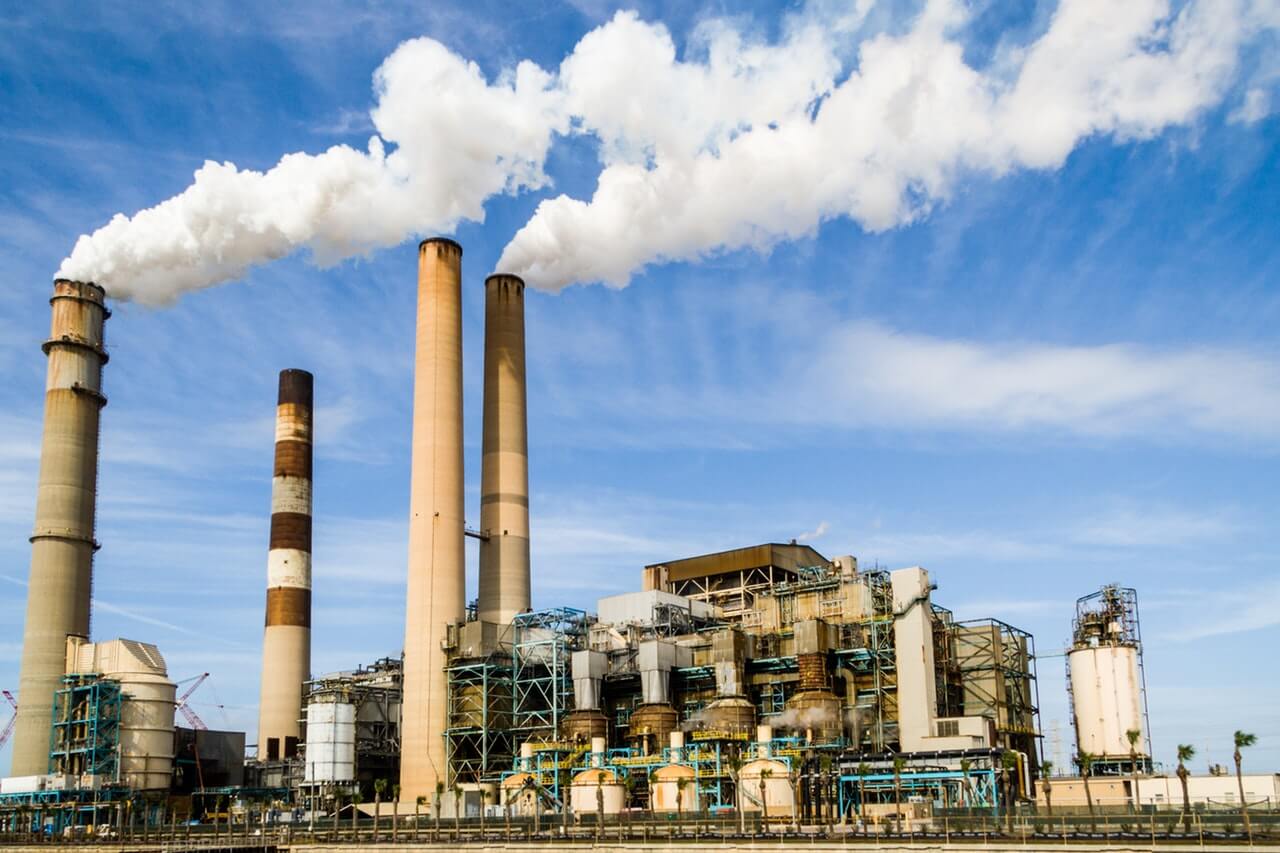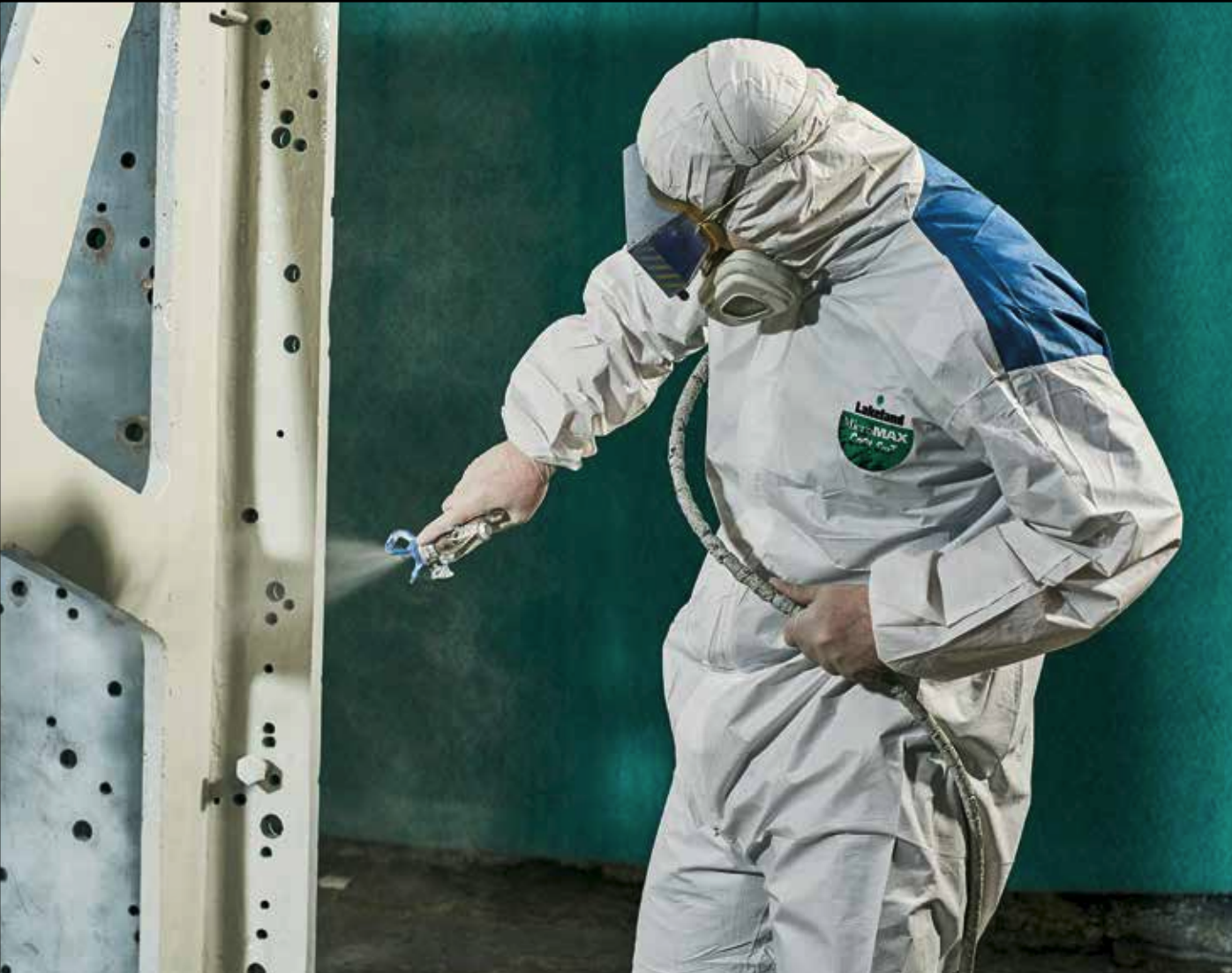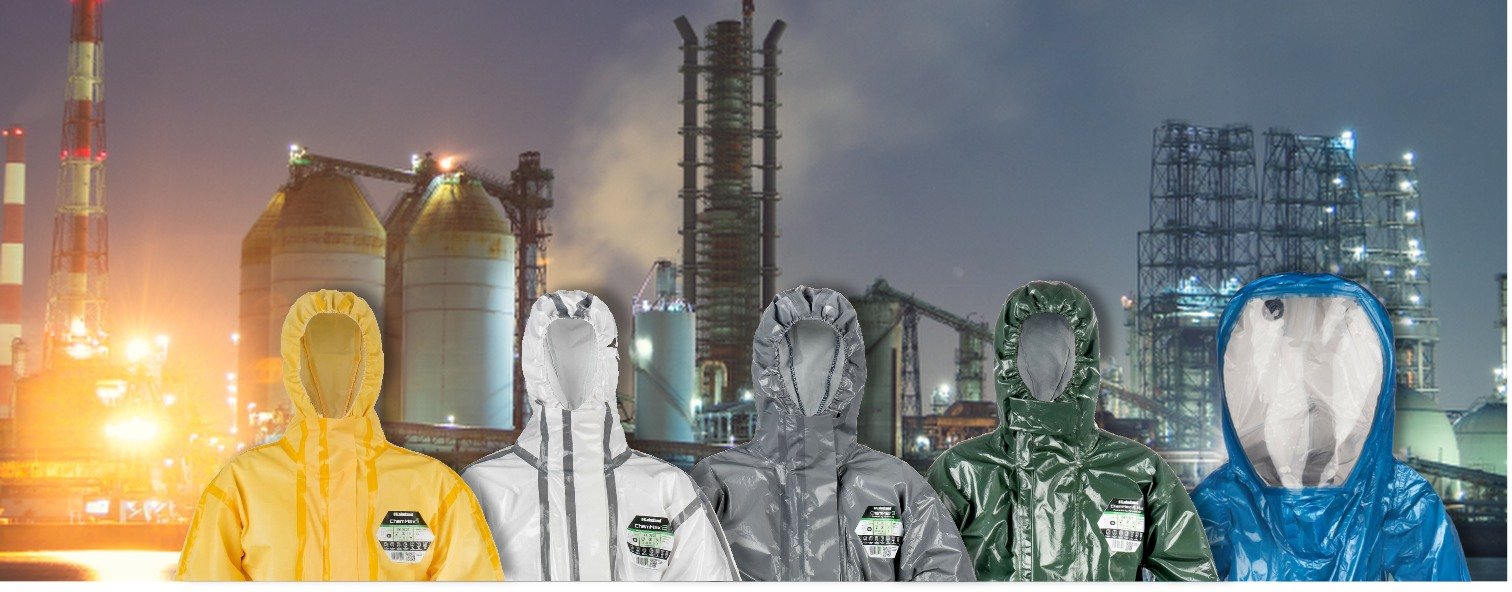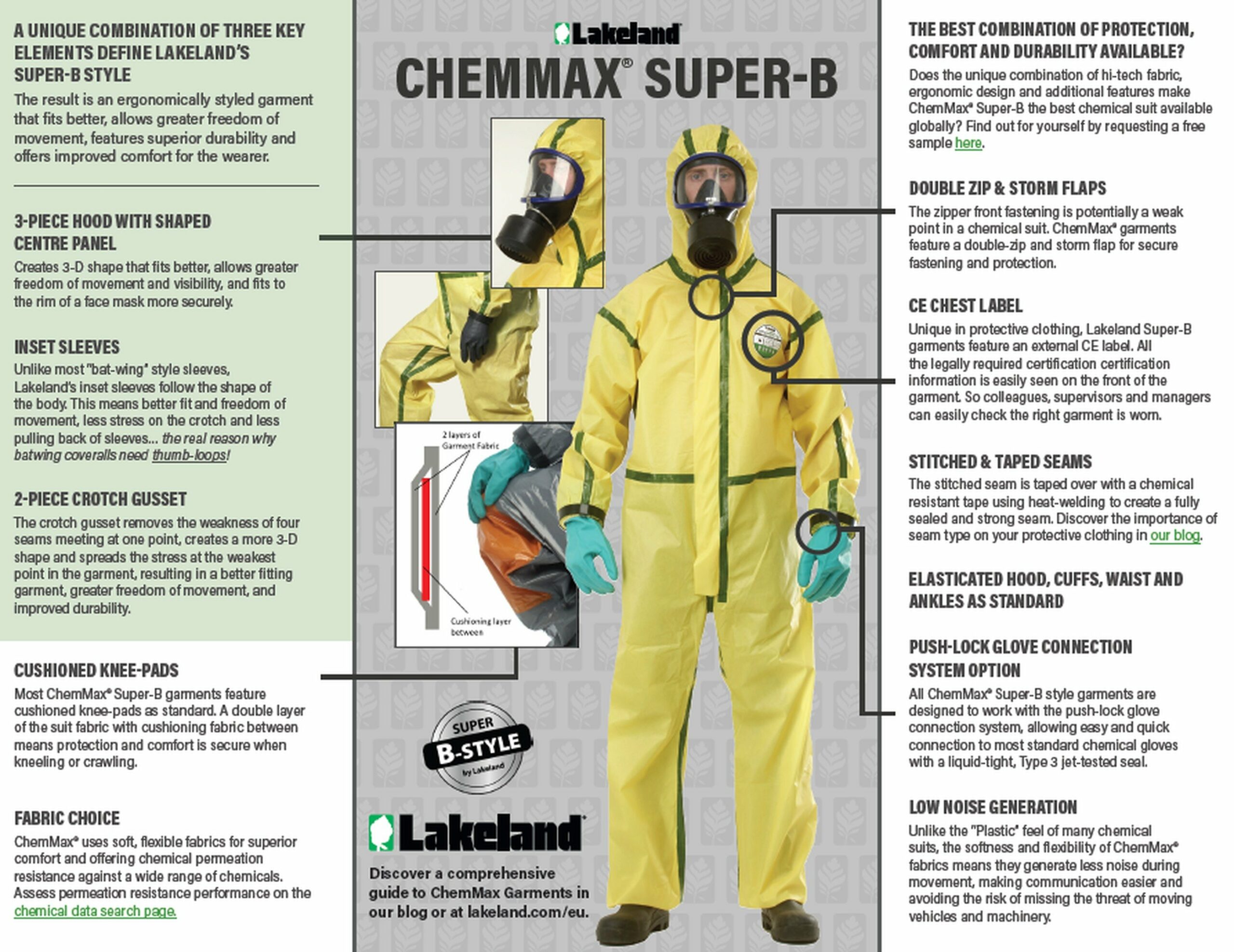When was the last time you conducted a PPE risk assessment?
The operational environment is always changing. Accidents can happen at any time – it’s important that you have a regular and scheduled PPE risk assessment process to ensure your equipment is in top condition and ready for any scenario.
Why?
Just because your PPE equipment currently adheres to the relevant health and safety standards, that doesn’t necessarily mean it provides the scenario and operation-specific protection your employees require for the specific job in hand.
You may be thinking, “But my PPE has the CE marking and has passed all the relevant tests!” – and you may be correct. However, standards are often developed to meet an array of potential risks within diverse environments – and may not reflect your company’s operation-specific needs.
So, if the last time you assessed your PPE equipment was when the standards and regulations were last updated, which may have been years ago, you may want to conduct another PPE risk assessment as soon as possible.
Regular PPE risk assessments will ensure your employees are protected.
When it comes to PPE, you can’t rely solely on the CE marking.
For example, PPE offering chemical splash protection is covered by several standards defining the different “Types” one through to six. Each reference different general applications and offers different levels of protection, but there are many more factors in any given application that might affect the best choice of chemical suit – and that are not covered by these standards.
Ultimately, standards represent minimum safety requirements; should organization really be just meeting minimum safety standards? In addition, testing procedures are sometimes misinterpreted, leading to equipment being misused.
As a consequence, when it comes to operational application, the PPE that supposedly offers chemical protection may fail to provide adequate protection in your specific working environment. Therefore, for optimum safety, you need to conduct a PPE risk assessment that goes beyond current standards and is tailored to your specific work environment, exposing the PPE to day-to-day, operation-specific hazards. You need to look in detail at each application of your PPE equipment and assess how it would fare in your work environment, rather than just viewing your PPE as ‘chemical protection’ or ‘Type 3/4 protection’.
By carrying out a comprehensive PPE risk assessment process, you can identify the right PPE for specific applications in the work environment, allowing you to offer your workforce the necessary protection.
It’s not a question of, “does it meet the relevant safety standard?” but rather, “does it meet our standards?”.
Remember: the operational environment can change at any time, potentially making your current PPE ineffective. However, a detailed risk assessment does not always mean increasing protection and therefore costs. It might also uncover that you are providing more protection than is required, resulting in a possibility of both improving worker comfort and consequently work rates and efficiency, as well as potentially reducing costs.
Regular evaluation and assessment will ensure maximum PPE protection
A holistic approach to employee safety must include frequent assessment of the protective equipment they use and how well it holds up in the operational environment.
So, rather than reassess PPE every time the standards and regulations are updated, Safety Managers should be evaluating their PPE on a regular basis. It’s vital that Safety Managers and top-level business executives look beyond standard European safety requirements and think about how PPE will be applied in their work environment. By assessing PPE regularly, Safety Managers can assess PPE performance, address potential risks and equip staff with the right level of protection.






